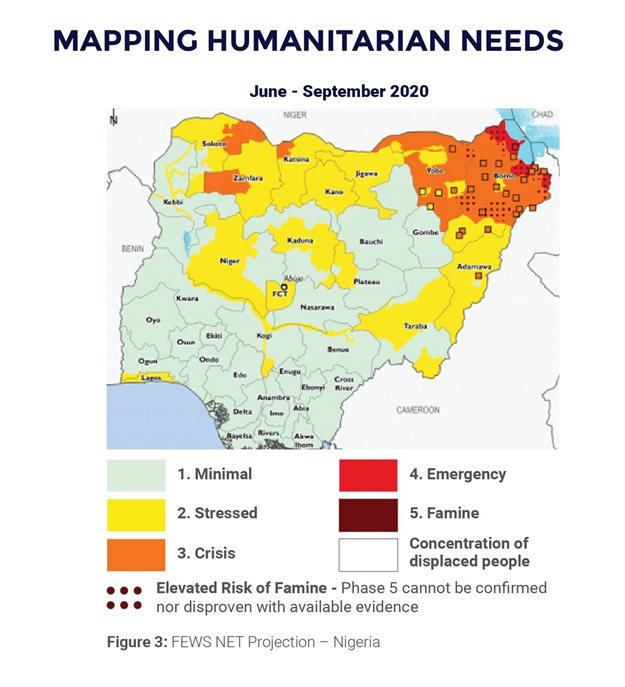Fraym launches localised tool mapping populations vulnerable to food insecurity
The World Food Programme estimates Covid-19 could almost double the number of people suffering acute hunger by the end of the year, with the potential to prompt mass migration and political unrest.

Detailed information, predictive insight
“Governments and aid organisations are often missing the local population insight they need to anticipate and meet the acute needs of people who are going to face food shortages,” said Fraym director of solutions Dustin Homer. “Fraym gives these decision-makers a whole new level of detailed information and predictive insight to tackle current crises around the world.”
Fraym is using artificial intelligence and machine learning to map pre-existing vulnerabilities to food insecurity to indicate which areas may experience the most severe destabilising effects of the Covid-19 pandemic. It says that traditionally, the localised population and livelihood data required to produce such anticipatory analysis for most of the world has been difficult or impossible to obtain. With the Localized Food Insecurity Index, governments and aid organisations are able to quickly characterise at-risk populations, ‘zoom in’ on where these people live, understand their communities, anticipate who will experience food shocks and to what degree, and make forward-looking plans to address these crises before they become acute.

Applications of the new Localized Food Insecurity Index include:
- Illustrating areas at greatest risk for food shortages to inform humanitarian assistance planning and resource allocation.
- Providing critical context and situational awareness for intelligence analysis and operational preparation in these environments.
- Modelling the likelihood of unrest or extremist activity as a result of food insecurity to provide critical indications and warnings for priority areas of interest.
- Anticipating likely economic consequences of food insecurity, particularly in the context of geopolitical competition.










